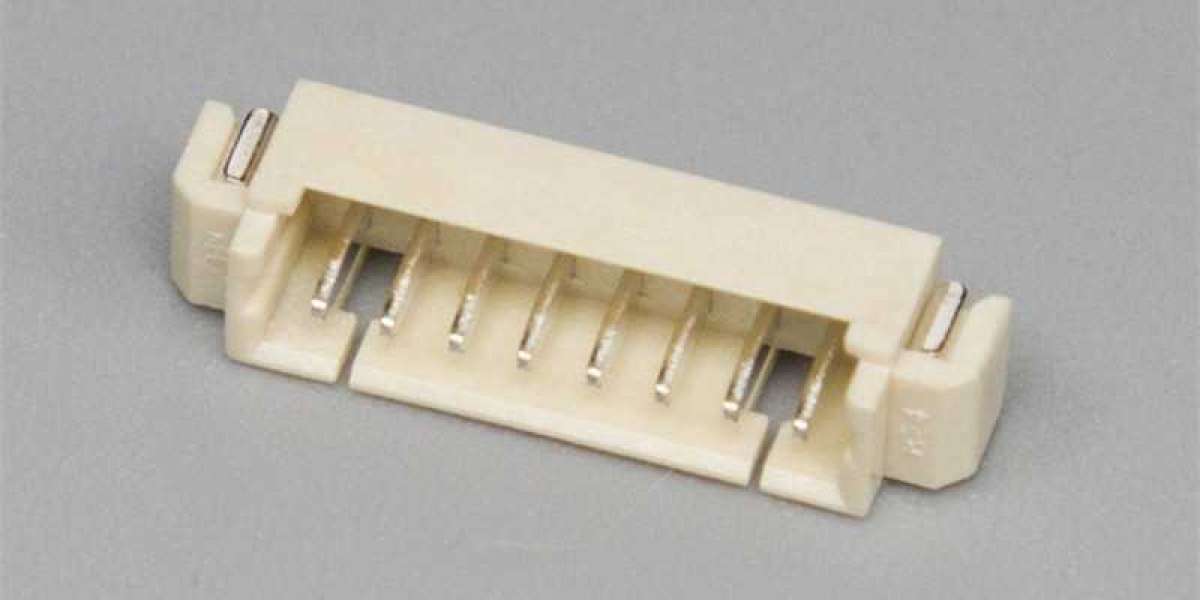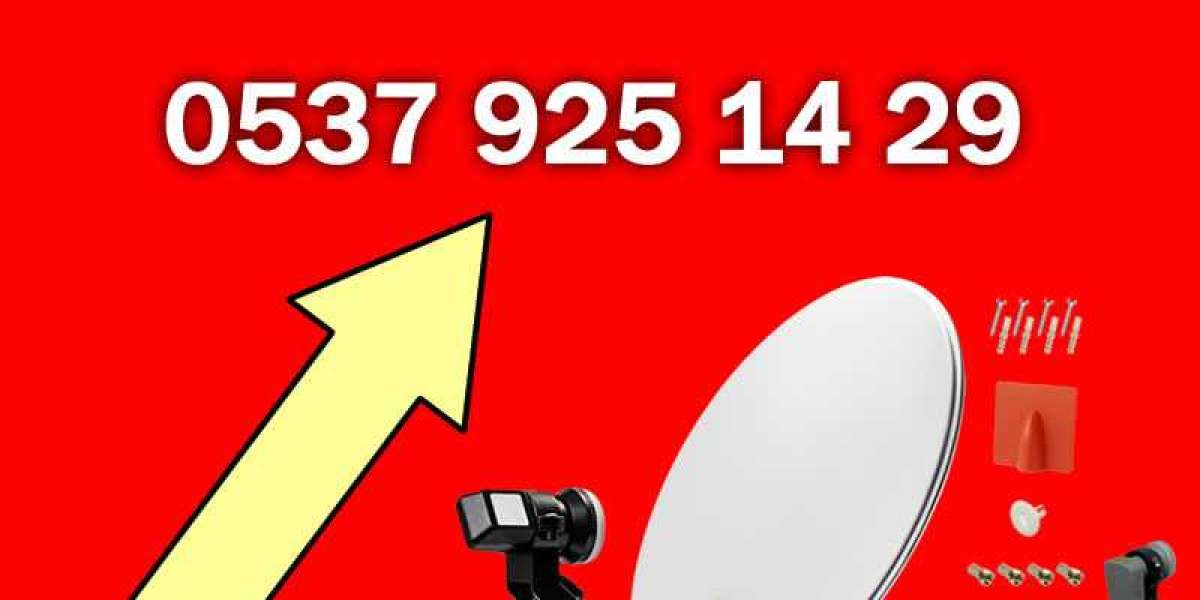A BNC breakout board is a useful tool for connecting BNC (Bayonet Neill–Concelman) connectors to other components in an electronic system. These boards allow for easy and organized connections, helping users manage multiple connections without direct wiring. The BNC connector is commonly used for coaxial cable connections, providing a secure and reliable interface for various applications, such as video surveillance, radio-frequency transmission, and audio systems.
The breakout board typically has multiple BNC ports and features pin headers or other types of connectors for efficient circuit integration. It is often used in prototyping, testing, and in situations where a compact and modular solution is needed. BNC breakout boards can also be used in applications involving signal conversion, such as switching from analog to digital signals, or when building signal processing systems.
One of the main advantages of using a BNC breakout board is its ability to maintain signal integrity. Since BNC connectors are designed for high-frequency signals, they are often found in professional and industrial settings. A breakout board ensures that the signal is transmitted without degradation, which is essential for high-quality audio and video systems.
In summary, a BNC breakout board serves as an essential tool for managing and extending the capabilities of BNC connectors, offering reliable and efficient connections for various electronic and communication systems.








